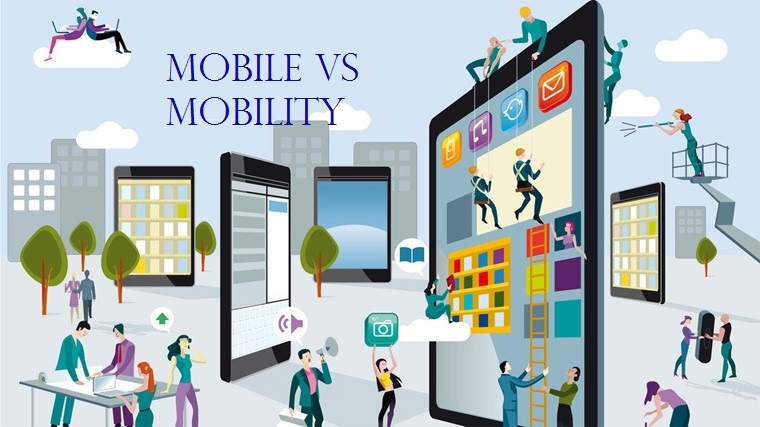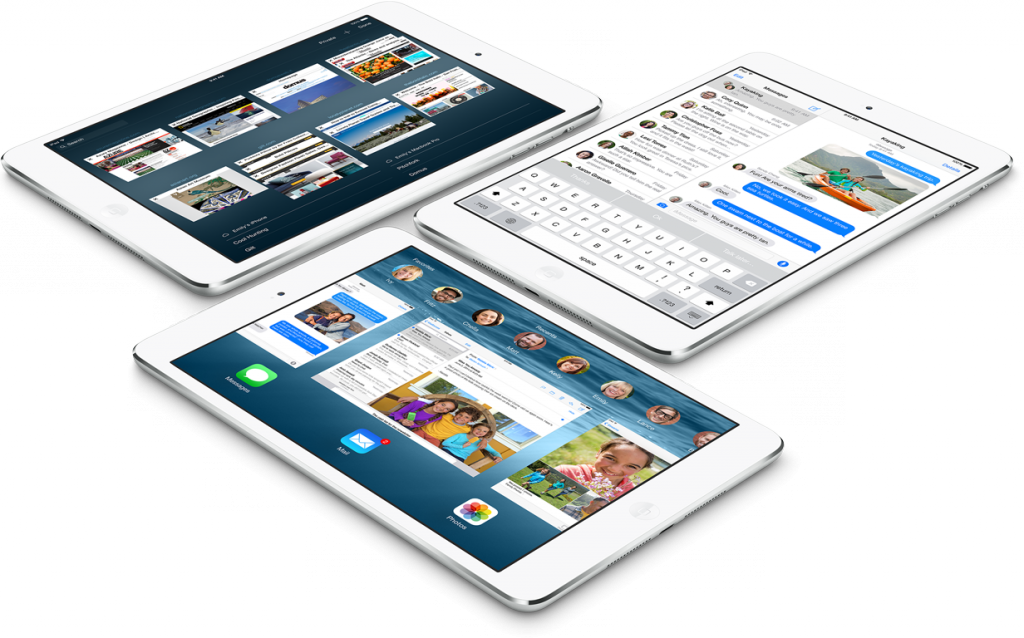The Boom Of Mobile Gaming In India. How To Leverage The Market With A Technology Partner.
Over the past few years, the mobile gaming market in India has seen tremendous development. This expansion has been significantly supported by the growing use of cellphones, rising internet usage and reasonably priced data plans. It is crucial for businesses to successfully harness this market as the sector continues to grow. A technology partner can offer many advantages, including experience, infrastructure and scalability. This blog examines how companies can profit from the explosion of mobile gaming in India by forming strategic partnerships with tech industry leaders.
Understanding the Mobile Landscape in India
With millions of players across all age groups and demographics, India has one of the largest gaming markets in the world. The wide acceptance of mobile gaming has been greatly accelerated by the accessibility of low cost cell phones and data plans, along with the increase in internet access in both urban and rural areas.
The player base in the Indian gaming market is broad, including a mix of competitive players, esports fans, and casual gamers. They have become incredibly devoted to casual gaming, multiplayer online battle arenas (MOBAs), and esports, since they are simple to pick up and play. On the other side, MOBAs include a competitive component and draw more devoted players. Professional competitive gaming competitions known as “esports” have seen a sharp increase in popularity, attracting large investments and audiences.
For the purpose of creating effective gaming methods, it is essential to comprehend the interests, routines, and spending patterns of Indian players. Companies must remain aware of industry trends, such as new game genres, well-liked themes, and interactive social aspects that improve the gaming experience.
Benefits of Partnering with a Technology Partner:
For businesses entering the Indian mobile gaming market, partnering with a technology partner has many benefits. These include having access to the infrastructure, specialized knowledge, and scalability necessary for success in the quickly expanding gaming sector. Technology partners provide industry-specific expertise, critical infrastructure, and support that helps design games, localize them for different markets, attract users, monetize them, and analyze their data. Companies can use these resources and experience to their advantage, giving them a competitive edge in the changing mobile gaming market. Let us now look at the different benefits of partnering with a technology partner :
- Knowledge and expertise: Working with a technology partner that focuses on the gaming sector, helps provide access to industry-specific knowledge and expertise. They can provide information about user preferences, market trends and the Indian gaming industry, helping businesses make clever judgments and create successful gaming strategies.
- Infrastructure and Scalability: Technology partners have infrastructures, like servers, cloud computing capabilities, and network resources that help meet the demands of an expanding user base. As a result, businesses can scale their operations easily and give gamers a flawless gaming experience.
- Game development and Localization: Technology partners can assist in game development, offering expertise in areas such as coding, graphics, and game mechanics. They can also help localize games to cater to the diverse Indian market by adapting content, language, and cultural elements, ensuring a more engaging and immersive gaming experience.
- Quality Testing and Assurance: A technology partner may help to ensure the quality and stability of games through thorough testing. A range of testing approaches, such as functionality testing, compatibility testing and performance testing can be used to find and fix problems before launching the game. This can help guarantee Indian gamers a smooth gaming experience, increasing user satisfaction and retention.
- Regulatory Compliance: Navigating India’s regulatory environment can be challenging, especially when it comes to data security and privacy. Technology partners with knowledge about local laws can help businesses comply with regulatory requirements, protect user data, and guarantee a secure gaming environment. By doing this, you build confidence among the participants and reduce any potential legal concerns.

- Data Insights and Analytics: Technology partners help access data insights and advanced analytics tools that can help businesses learn important information about user behavior, playing patterns, and preferences that can be used to improve games, target markets, and create more individualized experiences. With the help of this data-driven strategy, businesses can also improve player engagement, increase revenue, and make wise decisions.
- Cross-Platform Compatibility: The gaming industry in India caters to a wide variety of devices and operating systems. Cross-platform compatibility can be ensured with the support of a technological partner, making it possible for games to be easily accessed on a variety of gadgets like PCs, tablets, and mobile phones. As a result, the game’s audience and influence are greatly increased.
- Community & Social Features: For long-term success, creating a strong gaming community is essential. Technology partners can offer features and tools that encourage social interaction, such as multiplayer options, chat systems, and leaderboards. These community-building elements encourage cooperation, participation, and competitiveness among players, resulting in a thriving gaming environment.
- Continuous Technical Support: Glitches and other technical problems can have a detrimental effect on the playing experience. An IT partner can provide round-the-clock technical support and maintenance services, assuring quick problem-solving and reducing downtime. This fosters a loyal player base and maintains a positive reputation among other players.
- Global Market Expansion: Businesses can successfully navigate global marketplaces and develop a strong presence on a worldwide level by utilizing the expertise and network of a technology partner. Technology partners with global reach and skills, can help businesses explore markets outside of India. They can offer insights on cultural factors, worldwide gaming trends and distribution methods. Businesses may access a wide variety of players globally by localizing games and tailoring them according to different regions. This expansion helps create new revenue sources and business prospects.
In conclusion, businesses looking to capitalize on India’s growing mobile gaming market should consider partnering with a technological partner. Businesses can get the specialized knowledge, infrastructure, and scalability necessary for success by working with a technology partner. They can get access to industry specific knowledge, game development skills, localization expertise and support for user growth and revenue. Moreover, by utilizing global market data and distribution networks, technology partners can help businesses increase their presence globally. Businesses can position themselves at the forefront of the mobile gaming industry through successful partnerships, seizing the enormous prospects and establishing long-term success in the Indian market and beyond.
Being one of the top game developing companies in India, GoodWorkLabs is known for its expertise in gaming and game art outsourcing. Whether it is for iOS, Android, Windows, Mac, or the Web, our specialized Games Development Services division offers clients end-to-end solutions for building captivating and immersive gaming experiences. Our extensive clientele, which includes major gaming studios, indie developers and interactive entertainment corporations like Sesame Street, Google, Unilever, Galli Sim Galli Sim and many more, serves as a testament to our experience in gaming and game art outsourcing.
For game development, we employ agile game development approaches (SCRUM). We rapidly move from concept art, to storyboarding, character sketches, creation of the final, high-quality 2D and 3D characters, backdrops, animation, and the rest of the game’s environment to develop a great and high quality game. Along with 2D and 3D games we also develop and produce core and casual games, augmented reality and virtual reality.
To learn more about our Gaming Development Services please do visit our website.











